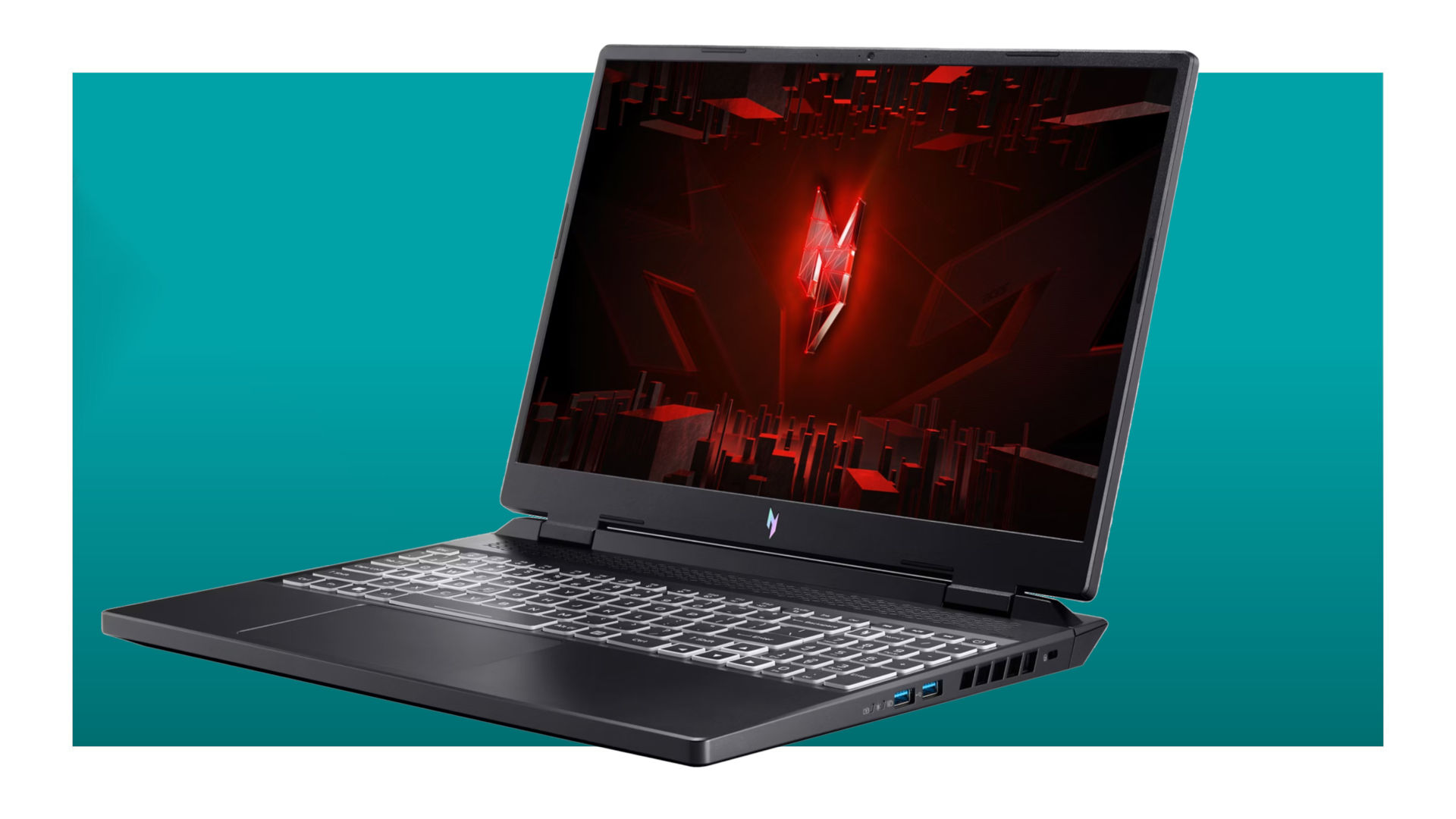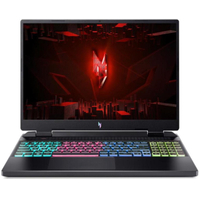This Ryzen-powered RTX 4070 gaming laptop is one heck of a great deal at just $1,100
And the only thing wrong with it is the tiny SSD, which is super easy to fix.

Acer Nitro | RTX 4070 | Ryzen 7 7735HS | 16-inch | 1600p | 144 Hz | IPS | 16 GB DDR5 | 512 GB SSD | $1,099.99 at Newegg
That eight-core Ryzen CPU and fast RTX 4070 GPU are a great combination and perfect for gaming at the screen's resolution. The display is lovely and big, there's a decent amount of RAM, and a teeny SSD. Oh, well you can't have everything!
When we spotted this Acer RTX 4070 gaming laptop deal, we all thought that there must be something wrong with it for it to be this cheap. But no—it's the real deal. It's sold and shipped by Newegg, and it's brand new, so none of this refurbished malarky. This is one thing that's amiss but it shouldn't stop you from snapping it up at $1,100.
Acer's Nitro series of gaming laptops are great little machines and this particular model is especially nice. That's because you're getting a fast Ryzen 7 7735HS central processor paired with a GeForce RTX 4070 laptop GPU. The former has eight cores, 16 threads, a boost clock of 4.75 GHz, and a maximum power consumption of just 54 W.
The RTX 4070 laptop GPU is great for 1080p gaming and depending on what you're playing or what settings you're using, it'll certainly handle 1440p gaming too. For the Nitro 16 AMD series, Acer typically uses up to a 140 W power limit for the GPU but I can't tell exactly what limit this model has. But even if it's only 105 W, for example, it'll still run the latest games well enough, especially if you enable DLSS upscaling or frame generation.
For me, though, the star of the show is that big 16-inch 2560 x 1600 IPS screen. With a refresh rate of 144 Hz and a 16:10 aspect ratio, it's perfect for gaming, media consumption, schoolwork, and content creation. Where 15-inch laptops are a little too small for my tastes (and 17 inches is more of a desktop replacement), laptops this size are the real sweet spot.
The amount of RAM you're getting is perfectly acceptable, too. Sure, 32 GB would be really nice to have but we're still way off the point where every new big game requires that much memory. It's not clear as to what the RAM's speed and channel configuration are, but Acer tends to use reasonably fast dual-channel memory.
Getting all of this for just a cent under $1,100 is a fantastic deal but if you're wondering what the real issue is with this laptop, then don't worry—it's just the SSD. With a capacity of 512 GB, it'll only take a couple of big games before it's full and there's nothing more annoying than having to constantly uninstall and download games.
Fortunately, there are two easy solutions: (1) replace the default drive with a nice big fast gaming SSD or (2) stick all your games on a fast external SSD. The Acer Nitro 16 comes with two USB USB 3.2 Gen 2 Type-C ports that offer up to 10 Gb/s when transferring data, so if you're going for option 2, make sure the external drive is also USB 3.2 Gen 2.
All laptop manufacturers mass-produce a variety of specifications and Acer obviously felt that some folks would be happy to buy a Nitro 16 with a great CPU and GPU but a really small SSD. That specific combination probably hasn't sold all that well, which is why the price is so good.
But that's it, that's the only thing that's amiss with this deal and it's honestly fine to stick your Steam library on an external SSD and game with it. All of the other components are top-notch and at this price, you're getting one heck of a gaming laptop.
The biggest gaming news, reviews and hardware deals
Keep up to date with the most important stories and the best deals, as picked by the PC Gamer team.

Nick, gaming, and computers all first met in 1981, with the love affair starting on a Sinclair ZX81 in kit form and a book on ZX Basic. He ended up becoming a physics and IT teacher, but by the late 1990s decided it was time to cut his teeth writing for a long defunct UK tech site. He went on to do the same at Madonion, helping to write the help files for 3DMark and PCMark. After a short stint working at Beyond3D.com, Nick joined Futuremark (MadOnion rebranded) full-time, as editor-in-chief for its gaming and hardware section, YouGamers. After the site shutdown, he became an engineering and computing lecturer for many years, but missed the writing bug. Cue four years at TechSpot.com and over 100 long articles on anything and everything. He freely admits to being far too obsessed with GPUs and open world grindy RPGs, but who isn't these days?


